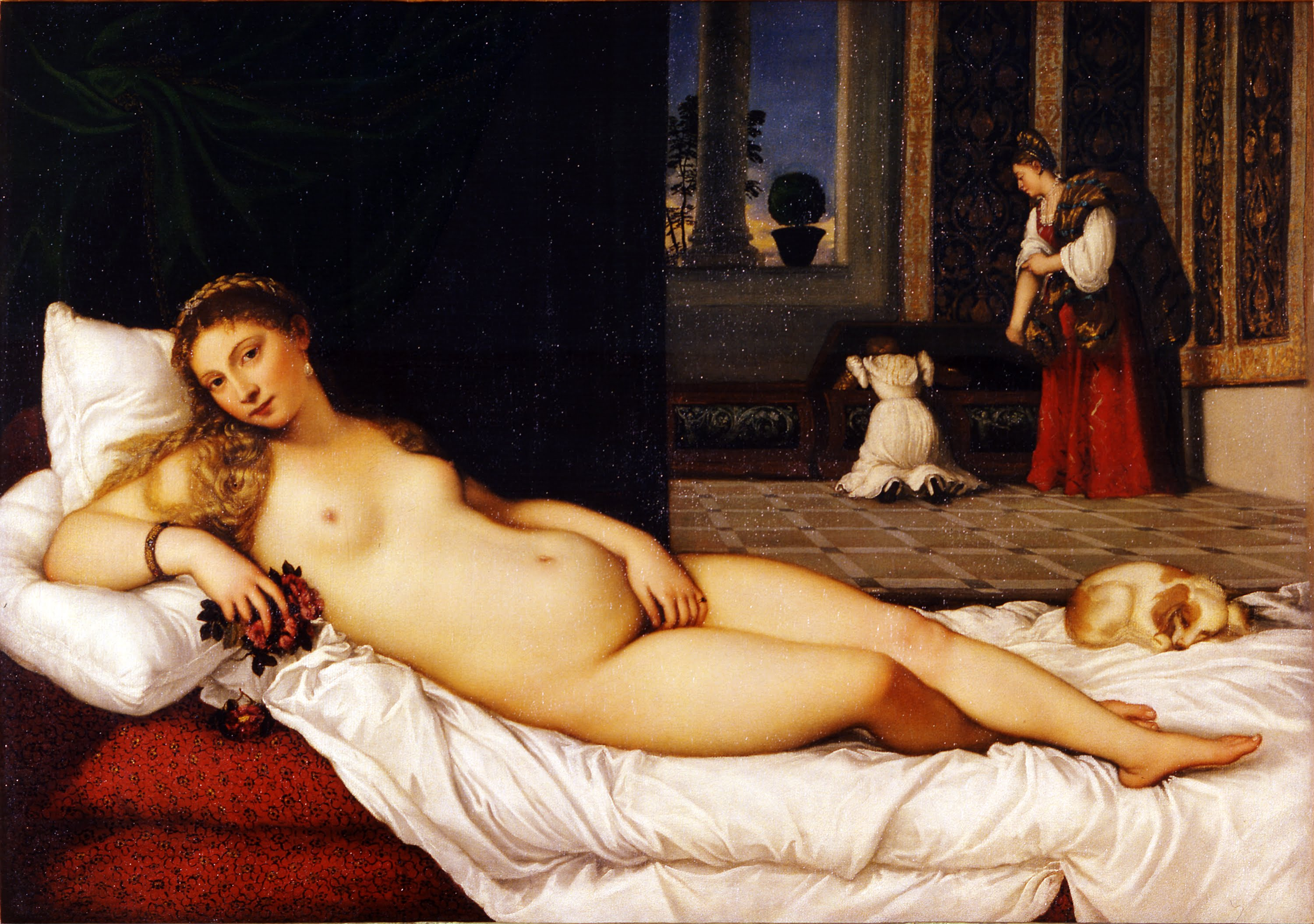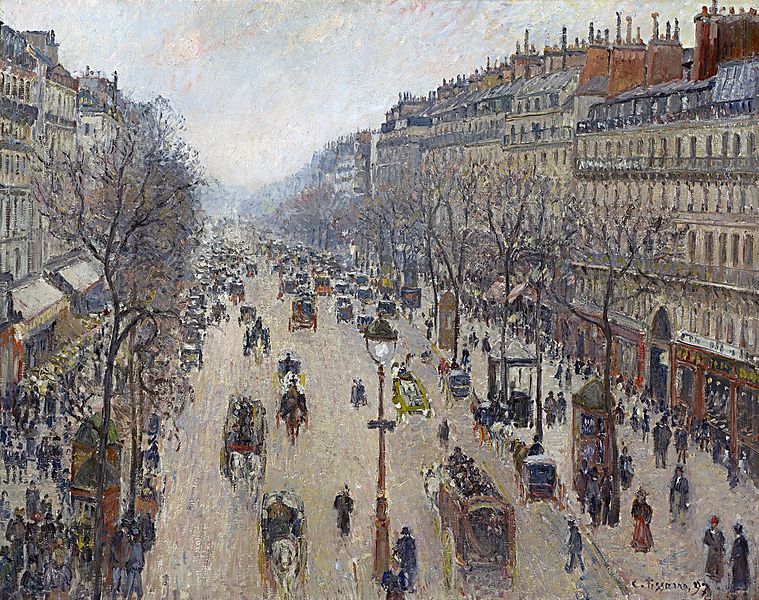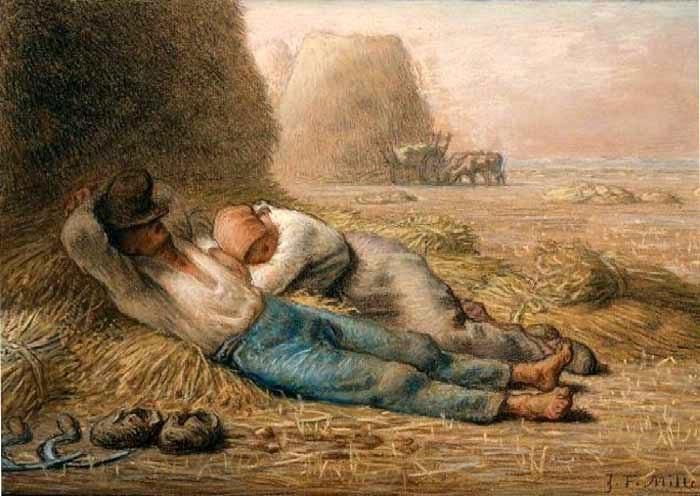 |
| Edgar Degas, L'Absinthe, 1876 |
The late 1870s saw a panic in French society. The art-loving nation had just had its army and its pride absolutely crushed by the Franco-Prussian war, and the ensuing political turmoil had done nothing to help the self-esteem of the nation at large. The Third Republic was still in its infancy, and the to many the nation seemed headed on a course towards political and economic ruin. Naturally, people looked for somewhere to lay blame. Political figures came quickly to mind, and turnover in the government ranks was quite high. However, many began to go beyond individual problems and believed that there were deep cracks in French society threatening to tear the nation apart. This is the environment in which Degas painted his L’Absinthe, five years after the end of the Franco-Prussian war. The painting depicts a man and a woman of one might say questionable moral fiber sitting at the table of a bar and staring dejectedly into their drinks. Both look like they have seen better days. The light is doing them no favors, but even without the harsh, dull light in which they are bathed, their skin seems to have an unhealthy pallor about it. The ugliness and depressing nature of this painted relate pretty clearly to fears circling the intellectual and policy circles about the state of French society. The woman—who was actually a model but who many thought to be a prostitute—stares dejectedly into her glass of absinthe while the man stares off into the distance, puffing sadly on his pipe. The isolation in the picture is almost palpable; the couple may sit right next to one another, but they both seem quite alone. The painting feels sad.
Critics of the time missed the boat, as they always seem to do. The picture was slandered as dirty and immoral. For some reason, critics confused depiction with endorsement and thus believed that Degas was propounding this sort of debauchery when he was quite obviously doing the opposite. The public and critical reaction grew so harsh that Degas had to remove the painting from exhibition, and even when he re-showed it 16 years later, it was universally panned.
While it may show the darker side of Belle Epoque Paris, a painting like this is important as a display of Parisian culture nonetheless. Post-Haussmann Paris abounded with bars of this sort where drinking, singing, and other pleasures awaited for just a few francs. While critics of the time may have wished to pretend that life and art consisted of only beautiful things and beautiful people, painters like Degas quite effectively showed the underside of high French society.
















